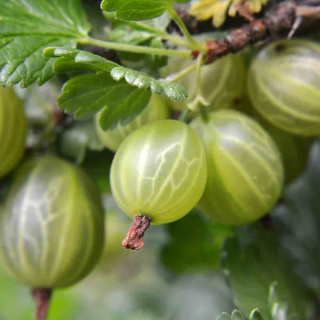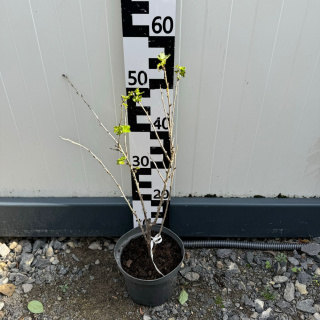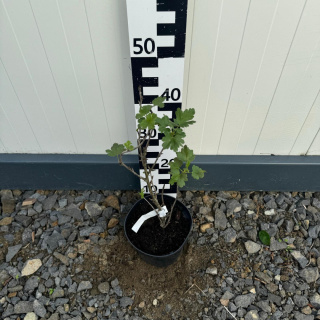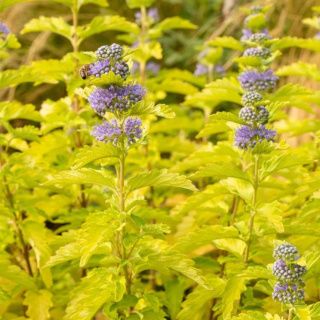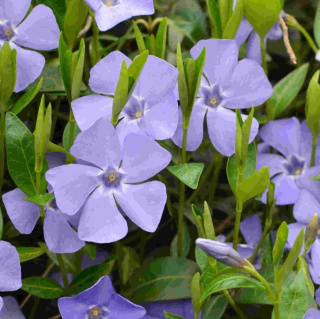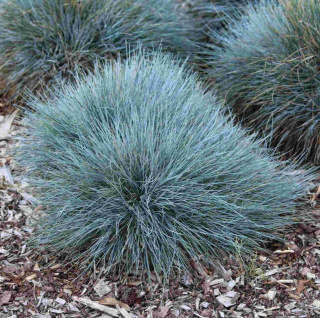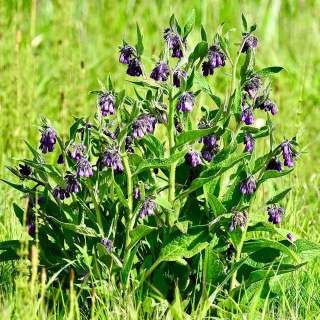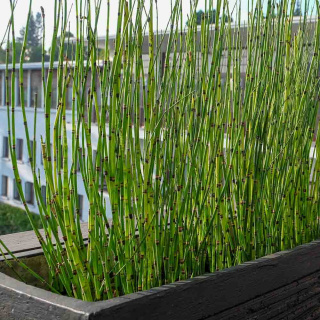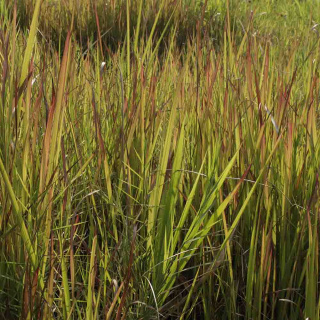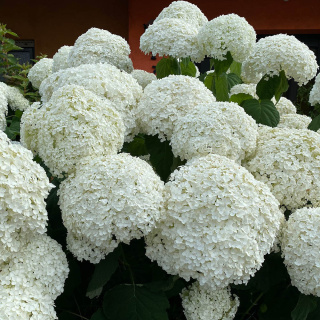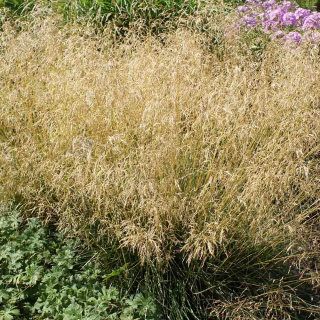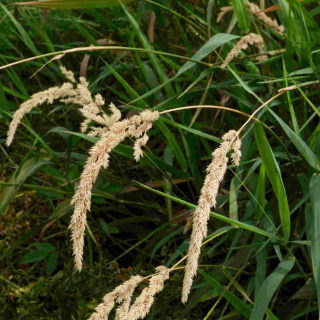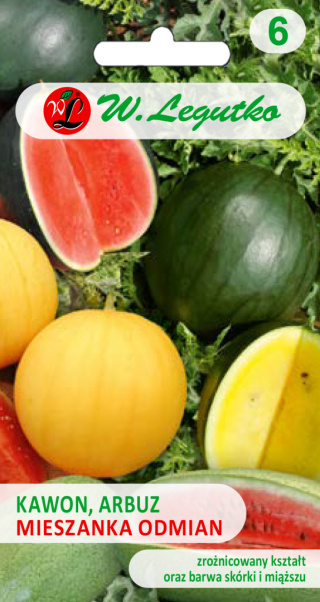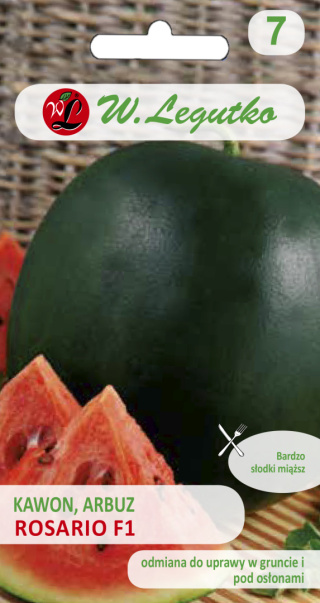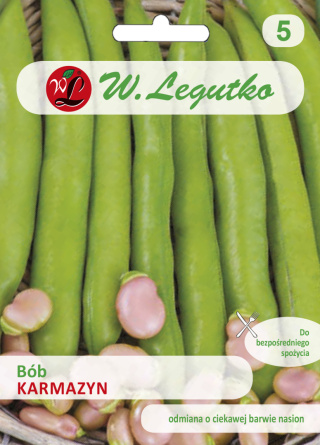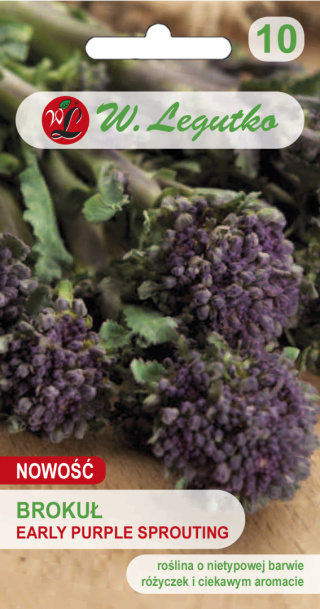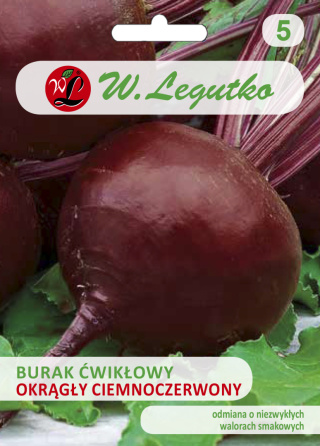Gooseberry
Number of products : 3Gooseberries are a popular fruit shrub, valued for their tasty and healthy fruits. We offer a variety of gooseberry varieties, ideal for growing in the garden, providing abundant yields and easy care.
| This product is currently not available |
| This product is currently not available |
| This product is currently not available |
Gooseberries (Ribes uva-crispa) is a perennial fruit shrub that has been popular in home gardens for years. Its fruits are rich in vitamins and minerals, and are also perfect for raw consumption and preserves.
Characteristics:
-
Fruit: Spherical or slightly oval, green, yellow, red or purple, depending on the variety. They ripen in July and August, characterized by a sweet and sour taste.
-
List: Small, lobed, light green, falling in winter.
-
Shoots: Thorny, which can make it difficult to harvest fruit, however, there are varieties with fewer thorns.
Cultivation requirements:
-
Position: Sunny or slightly shaded; In full sun, the fruits are sweeter and more aromatic.
-
Soil: Fertile, well-drained, slightly acidic (pH 6.2–6.7). Avoid waterlogged and heavy soils.
-
Humidity: Gooseberries have a shallow root system, so they do not tolerate drought well. Regular watering is key, especially during dry periods.
Care:
-
Mulching: Recommended to reduce water evaporation from the soil and protect against weeds. You can use agrotextiles, agrotextiles or pine bark.
-
Trimming: Regular pruning promotes better yield and health of the shrub. Old, diseased and overly dense shoots should be removed.
-
Fertilization: The use of organic or mineral fertilizers promotes growth and fruiting.
Garden Use:
-
Home gardens: Ideal for growing in small and large gardens, providing fresh fruit straight from the bush.
-
Homemade preserves: Gooseberry fruits are perfect for jams, preserves, compotes and juices.
-
Health properties: Rich in vitamins C and A and antioxidants, they support the health and immunity of the body.
-
New arrivals
-
Promotions

